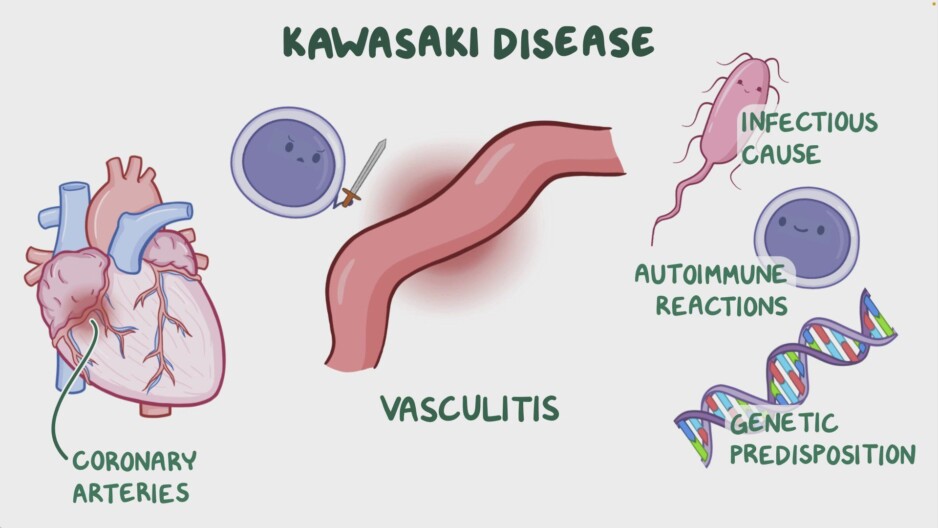
Introduction to Kawasaki Disease
What is Kawasaki Disease?
Kawasaki Disease is an acute inflammatory condition that primarily affects children. The disease targets blood vessels throughout the body, including those of the heart. Symptoms include fever, rash, swelling, and redness in the eyes, mouth, and throat.
History and significance of Kawasaki Disease Awareness Day
Observed on January 26th, Kawasaki Disease Awareness Day was established to increase understanding and promote research. This commemoration is crucial for early diagnosis and treatment, which are vital for preventing long-term heart issues in affected children.
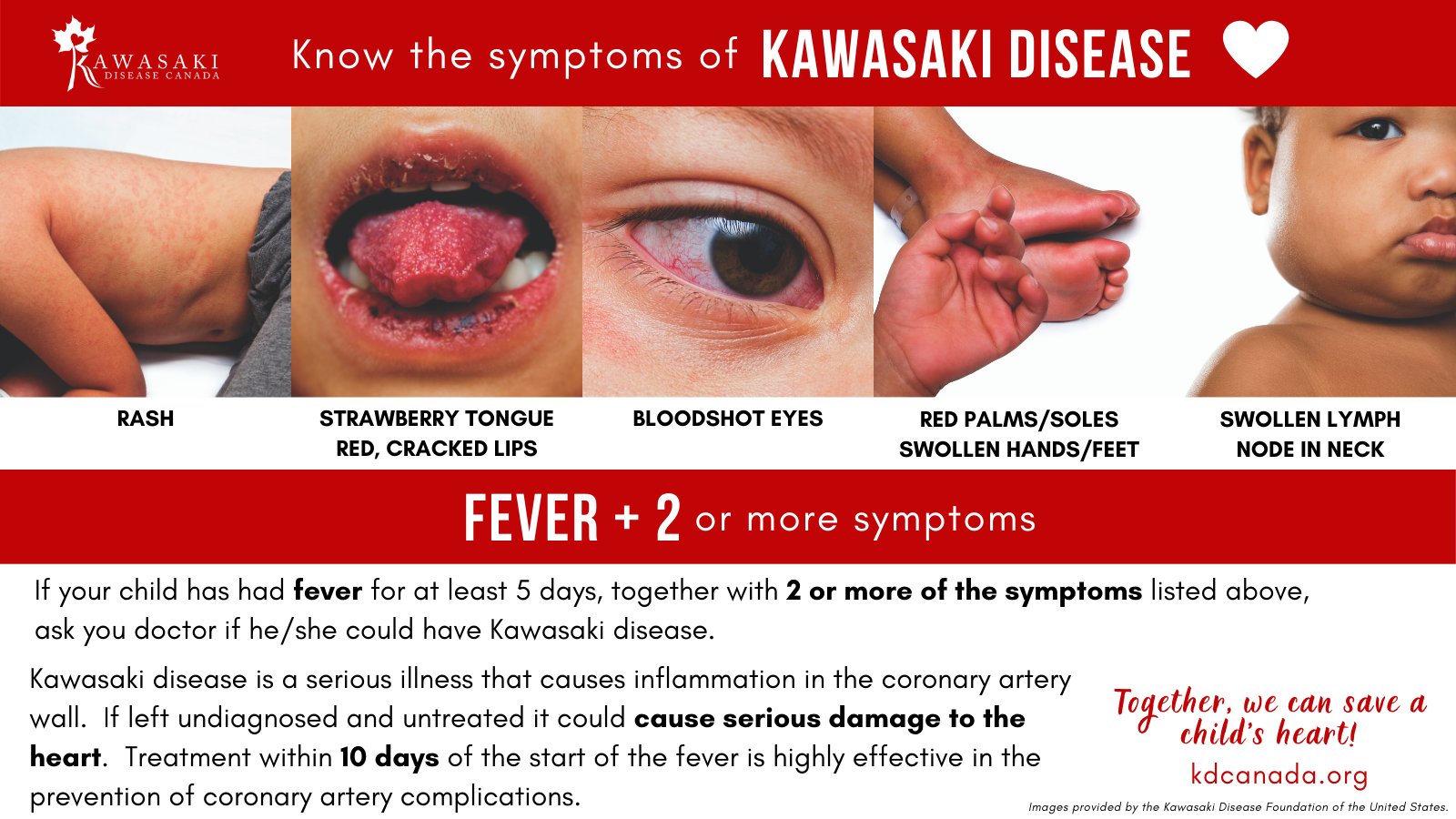
Symptoms and Diagnosis of Kawasaki Disease
Common symptoms of Kawasaki Disease
– **Fever** that typically lasts more than five days- **Rash** and swollen glands, particularly in the neck- **Red eyes**, lips, and mouth – **Swollen, red hands and feet** – **Irritability** in younger children
How Kawasaki Disease is diagnosed
– No specific test; diagnosis is made based on symptoms- **Echocardiogram** to examine the heart- **Blood tests** to detect inflammation and exclude other diseases- **Urinalysis** to check for white blood cells or protein

Causes and Risk Factors of Kawasaki Disease
Possible causes of Kawasaki Disease
– Unknown etiology; researchers suggest a combination of genetic and environmental factors.- Might be linked to infections, but a specific pathogen hasn't been identified.- An abnormal immune response to a usual childhood infection is also considered.
Factors that can increase the risk of developing Kawasaki Disease
– Primarily affects children, especially those under five years old.- Boys are more frequently diagnosed than girls.- More prevalent in children of Asian descent.- Occurs more often in winter and spring, suggesting a possible seasonal component.

Treatment and Management of Kawasaki Disease
Medical treatments for Kawasaki Disease
– Initial treatment often includes high-dose intravenous immunoglobulin (IVIG).- Aspirin is frequently administered to reduce inflammation and fever.- Corticosteroids may be considered for resistant cases.- Management of coronary artery complications is crucial if they occur.
Long-term management and follow-up care
– Regular follow-up with a cardiologist is essential.- Echocardiograms are periodically performed to monitor heart health.- Patients may need long-term medication if coronary artery issues persist.- Lifestyle adjustments and cardiac risk reduction strategies are often recommended.
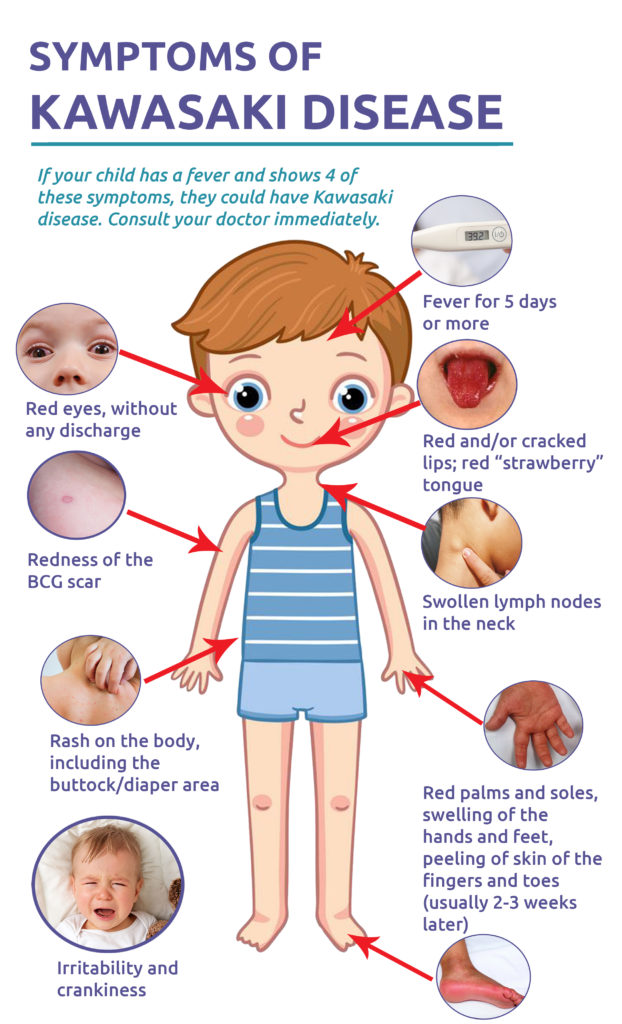
Complications and Prognosis of Kawasaki Disease
Potential complications of Kawasaki Disease
– Coronary artery aneurysms may develop in some patients.- Heart valve problems can also occur as a complication.- Kawasaki disease can lead to myocarditis or pericarditis.- In rare cases, it may cause arrhythmias or peripheral artery occlusion.
Prognosis and outcomes for Kawasaki Disease patients
– Prognosis is generally good with early treatment.- Risk of complications reduces significantly with proper management.- Long-term prognosis varies based on the severity of the disease.- Some may require lifelong monitoring and treatment for heart-related complications.
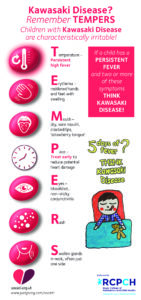
Kawasaki Disease in Children vs Adults
Kawasaki Disease in children
– Children, usually under five years of age, are mainly affected.- Symptoms include fever, rash, and swollen lymph nodes.- Timely diagnosis and treatment are crucial for minimizing heart complications.- Immunoglobulin therapy is commonly used as a treatment.
Kawasaki Disease in adults
– Very rare in adults, with less clear diagnosis criteria.- Adult cases might present atypical symptoms and be harder to treat.- Heart complications can be more severe if not diagnosed promptly.- Treatment mirrors that of children but may require more aggressive interventions.

Kawasaki Disease Research and Awareness Initiatives
Current research on Kawasaki Disease
- Focuses on genetic, infectious, environmental causes.
- Seeks better diagnostic markers.
- Aims to improve treatment protocols.
- Strives for vaccine development.
- Enhances understanding of long-term effects.
- Explores adult Kawasaki Disease incidence.
- Increases awareness for early diagnosis.
- Involves multinational studies for global insights.
- Employs advanced imaging techniques for cardiac effect analysis.

Support for Kawasaki Disease Patients and Families
Resources and support groups for Kawasaki Disease patients
- Provides emotional and educational support.
- Offers platforms for sharing experiences and advice.
- Connects families with specialists and resources.
- Organizes events for community building.
- Facilitates access to up-to-date research findings.
Tips for coping with Kawasaki Disease as a family
- Maintain open communication about the illness.
- Seek out reliable medical information.
- Establish a solid support network.
- Practice self-care along with patient care.
- Create a routine for stability and normalcy.
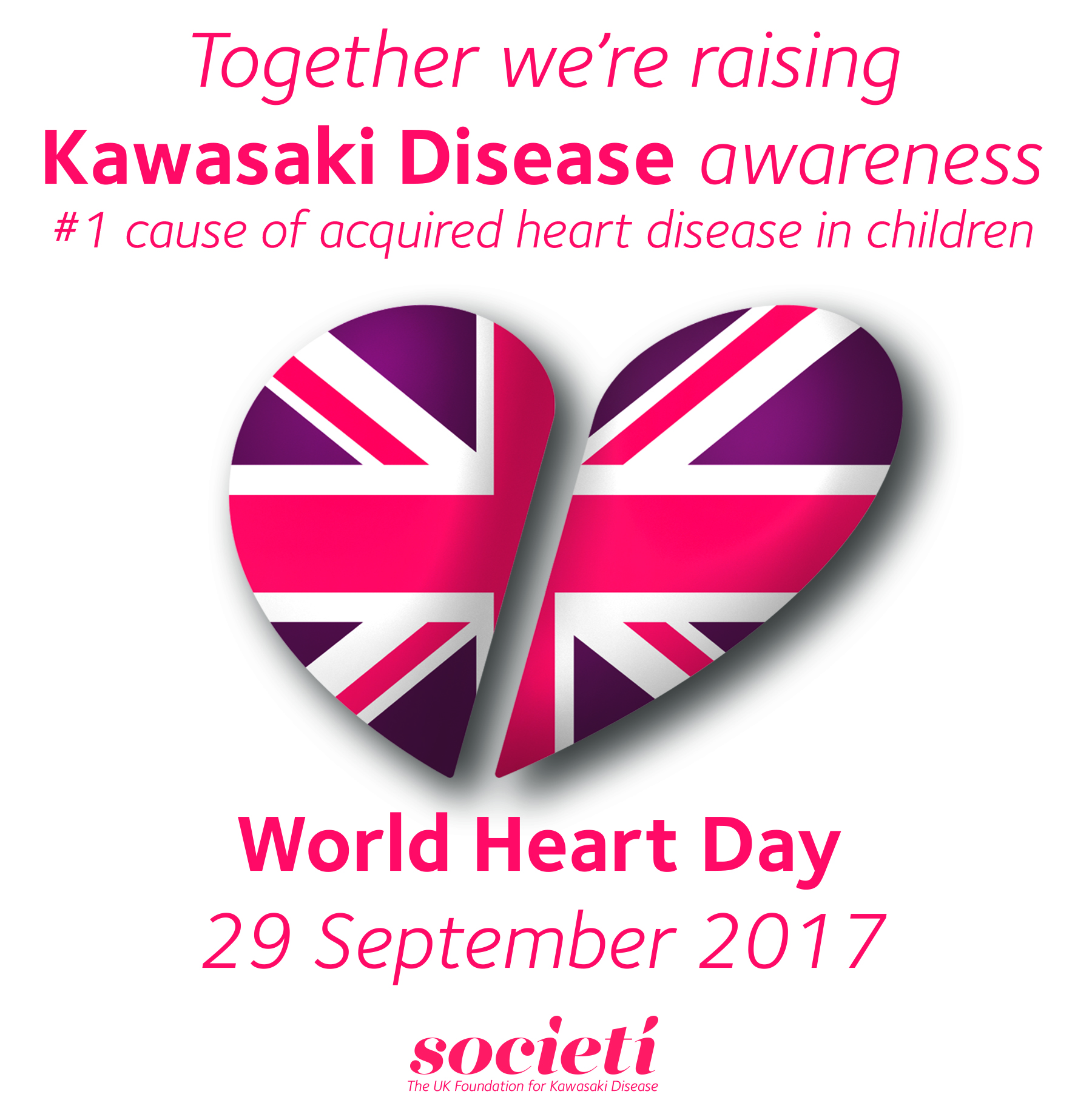
Conclusion
Importance of recognizing Kawasaki Disease
– Early diagnosis is critical for effective treatment.- Awareness can lead to quicker medical intervention.- Understanding symptoms aids in preventing complications.- Recognition supports global research efforts.
Future goals for raising awareness and improving outcomes
– Aim for broader education on Kawasaki Disease.- Strive for improved treatment protocols.- Encourage ongoing research for a cure.- Facilitate worldwide Kawasaki Disease Day.

